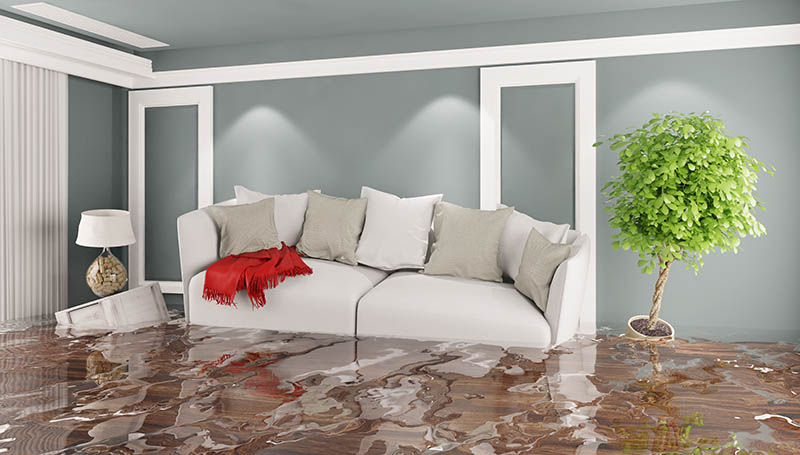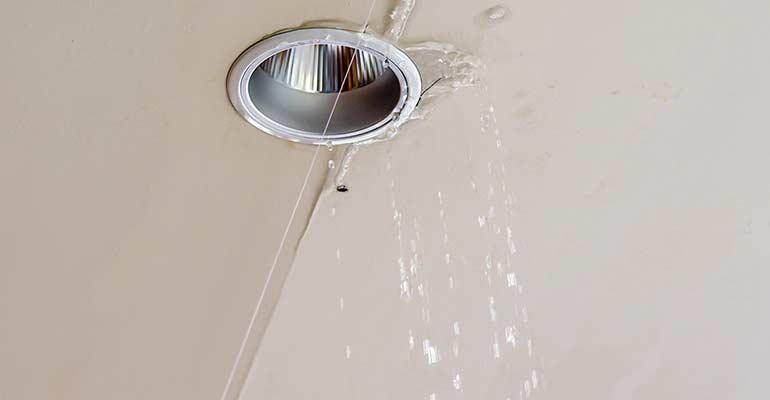Your Residential Common Common Leak Factors: Investigation
Your Residential Common Common Leak Factors: Investigation
Blog Article
We have uncovered this post about How to Find Water Leaks directly below on the net and felt it made perfect sense to write about it with you here.

Leakages not only create waste of water but can additionally trigger unneeded damages to your home as well as advertise unwanted natural growth. By looking and recognizing for everyday scenarios that trigger leakages, you can secure your residence from future leaks and unnecessary damage.
Trespassing origins
The majority of water leaks start outside the home rather than inside it. You could observe damp patches or sinkholes in your backyard, and that might imply that tree origins are attacking water lines triggering water to leak out.
Rusty water systems
As time goes by, your plumbing system ages and rust such as rust may begin eating away the pipelines. This may be the reason for staining or warping on your water pipes. This calls for an evaluation with your plumber quickly. Think about replacing the pipelines because they are at a higher danger of deterioration than the newer versions if our plumbing system is old.
Faulty Pipeline Joints
Pipeline joints can wear away over time, resulting in water leakages. If you have loud pipes that make ticking or banging sounds, specifically when the hot water is transformed on, your pipeline joints are probably under a whole lot of pressure.
Instant temperature level changes.
Severe temperature level modifications in our pipes can cause them to expand and contract unexpectedly. This development as well as tightening might trigger fractures in the pipelines, particularly if the temperature level are below freezing. If you maintained an eye on how your plumbing functions, it would be best. The presence of the formerly discussed scenarios frequently suggests a high threat.
Poor Water Connectors
Sometimes, a leak can be triggered by loosened hose pipes and also pipelines that supply your appliances. More often than not, changing is what creates the loosened water Links. You could discover when it comes to a washing machine, a hose may spring a leakage because of shaking throughout the spin cycle. In case of a water links leakage, you may notice water running directly from the supply line or pools around your devices.
Obstructed Drains
Clogged drains pipes may be bothersome as well as inconveniencing, but they can sometimes end up causing an overflow causing break pipelines. Keep getting rid of any type of products that may go down your drains that can clog them to prevent such hassles.
All the above are reasons for leakages yet not all water leakages arise from plumbing leaks; some leaks could come from roofing system leakages. All leaks ought to be repaired promptly to stay clear of water damages.
Leaks not just cause waste of water but can additionally create unneeded damages to your home and promote undesirable organic development. By looking as well as understanding for everyday situations that cause leakages, you can safeguard your home from future leakages and unnecessary damages. Today, we will look at six leak triggers that might be causing your pipelines to leak.
At times, a leakage can be created by loose pipes and pipes that supply your appliances. In case of a water connections leak, you may observe water running directly from the supply line or pools around your appliances.
How To Check For Water Leak In Your Home
How To Check for Leaks
The average household's leaks can account for nearly 10,000 gallons of water wasted every year and ten percent of homes have leaks that waste 90 gallons or more per day. Common types of leaks found in the home are worn toilet flappers, dripping faucets, and other leaking valves. These types of leaks are often easy to fix, requiring only a few tools and hardware that can pay for themselves in water savings. Fixing easily corrected household water leaks can save homeowners about 10 percent on their water bills.
To check for leaks in your home, you first need to determine whether you're wasting water and then identify the source of the leak. Here are some tips for finding leaks:
Take a look at your water usage during a colder month, such as January or February. If a family of four exceeds 12,000 gallons per month, there are serious leaks.
Check your water meter before and after a two-hour period when no water is being used. If the meter changes at all, you probably have a leak.
Identify toilet leaks by placing a drop of food coloring in the toilet tank. If any color shows up in the bowl after 10 minutes, you have a leak. (Be sure to flush immediately after the experiment to avoid staining the tank.)
Examine faucet gaskets and pipe fittings for any water on the outside of the pipe to check for surface leaks.
Undetected water leaks can happen without the home or business owner even realizing. If you suspect a water leak, but not able to find the source. It is time to contact a professional water leak detection service, The Leak Doctor.
How To Find a Water Leak In Your Home
https://www.leakdoctor.com/blog/How-To-Check-For-Water-Leak-In-Your-Home_AE197.html

We were made aware of that article on How to detect water leaks in your home through a friend on our other web blog. If you liked our blog post plz make sure you remember to pass it around. Thank-you for taking the time to read it.
Get the right fix, call! Report this page